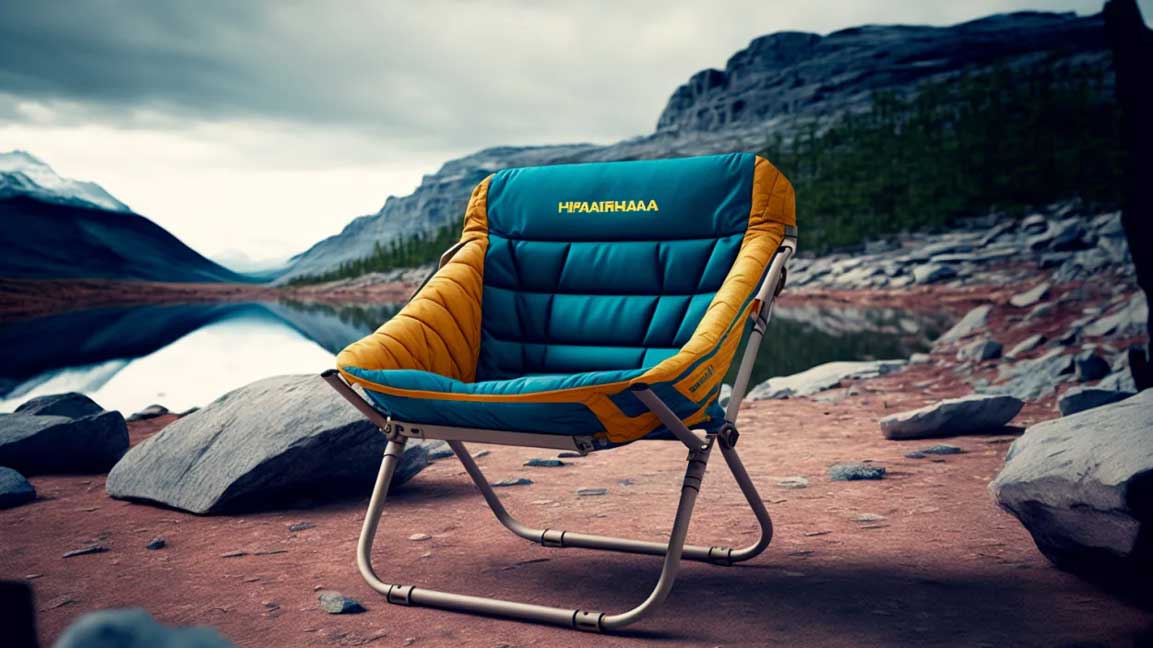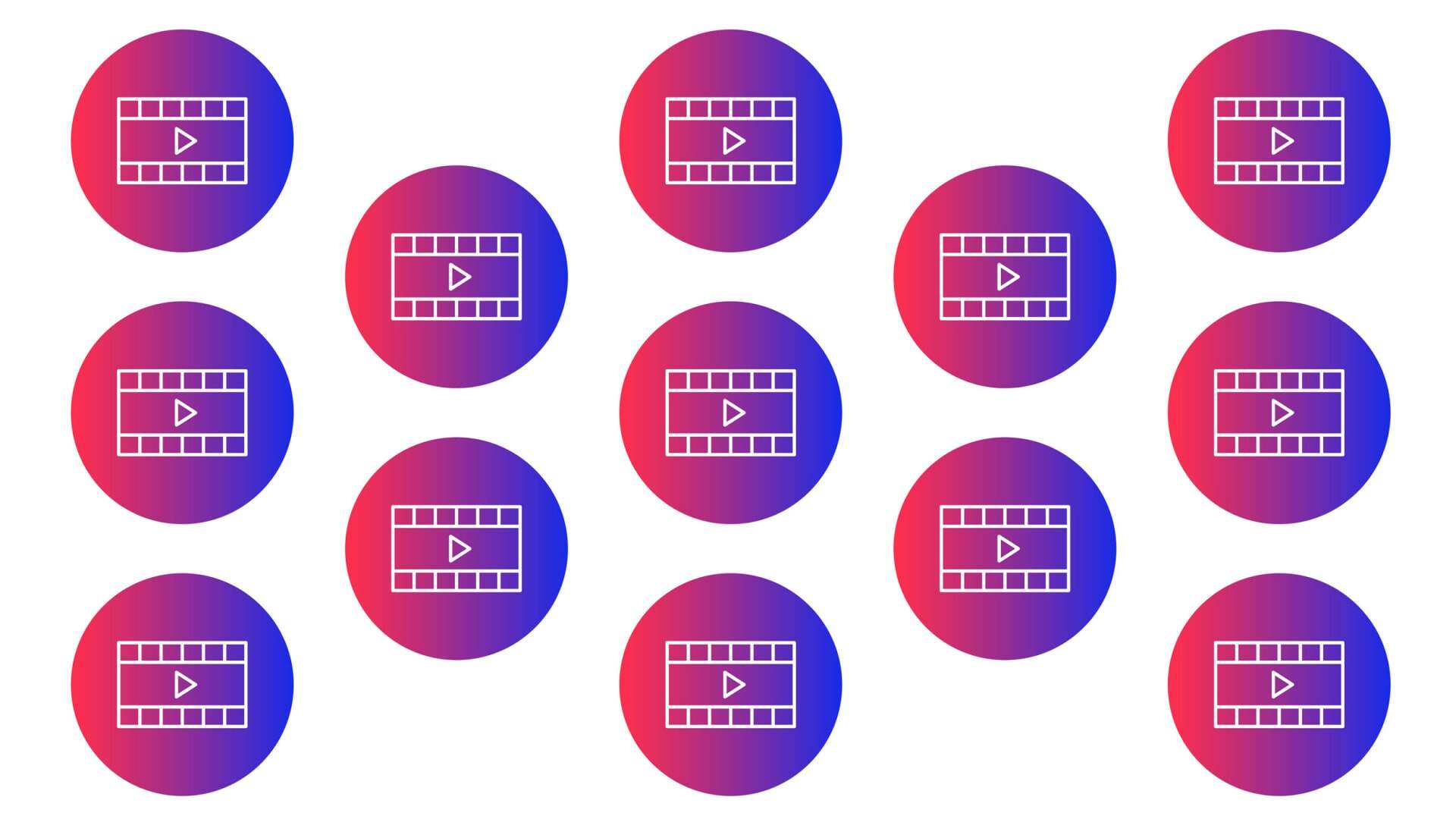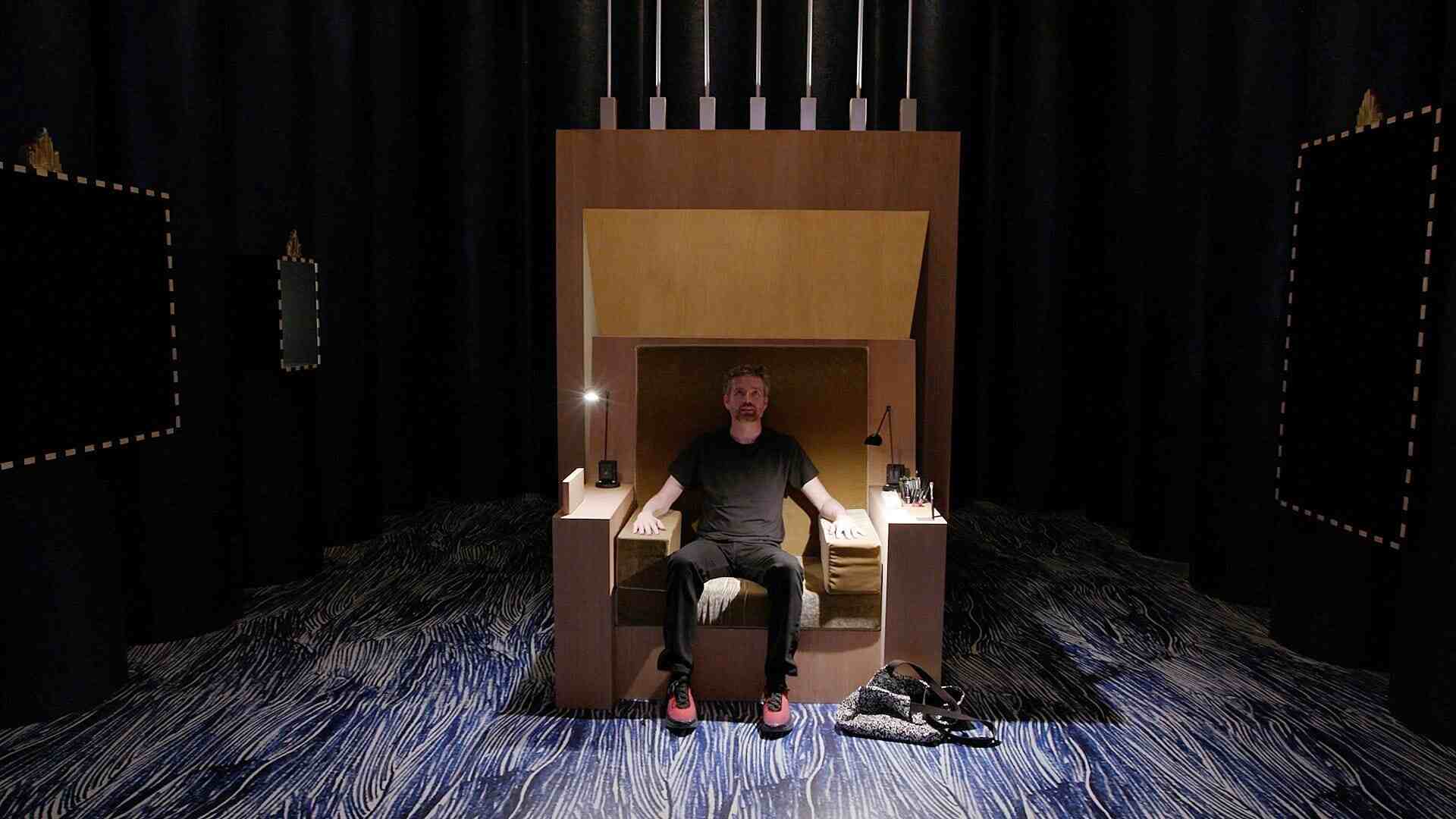- | 9:00 am
That Ikea x Patagonia collab? Generative AI made it happen
Creative director Eric Groza reveals how he crafted a viral collaboration between Ikea and Patagonia using generative AI.

Eric Groza—an executive creative director with a long career at advertising firms like Grey, TBWA, and McCann—thought generative AI was far away from becoming a real-world production tool until last November, when the new version of Midjourney launched. The tool’s ability to produce realistic images blew him away, so much so that he instantly found himself obsessed with it.
“I was doing late nights just seeing what could come out of the system,” he tells me over video chat from Dubai, where he’s working now. Groza quickly realized that he needed to incorporate AI into his creative arsenal, but it wasn’t clear how.
“I was seeing lots of trash, like Bart Simpson if he was a Teenage Ninja Turtle. It was fun but it had no practical application,” he recalls. “I wanted to create a skill set, not do party tricks.” Groza—who is a graphic designer by education and has spent years managing teams of copywriters, art directors, and designers—decided to treat the AI like he would any human creative team member. He would give the AI a brief.
First he needed a real project to work on. “I sat down and thought about something practical. I couldn’t do it on a current campaign because the client might have some reservations, but I could come up with a fictional but realistic project and see if the AI could take it from concept to reality.”
After brainstorming, he landed on the idea of an Ikea and Patagonia collaboration. “Ikea and Patagonia have a similar background,” he says. “They both make physical products, so there’s something that you can tangibly see and imagine, something that would be in the frame.” It seemed like a perfect opportunity to test Midjourney’s capabilities.
The early images were unusable horror pictures. Others looked fine at first, but upon closer inspection were bland and uninteresting. There was a missing ingredient in his process—the thing that would transform his boring images into something striking and novel. That’s when he realized that it all came down to how he worded the brief.
As anyone in any creative industry knows, good briefs are hard to come by. “In my experience as a creative director, what you get back from designers is quite random unless you’re very specific,” he says. Soon Groza was feeding the machine tighter concepts.
“I talked about a lamp that I wanted to be geometric or maybe that could fold together,” he says. “I talked about what a sofa would look like if it was made for outdoor use but lightweight enough that it could be easily brought indoors, you know?” In that breakthrough moment, interesting stuff started to materialize in front of him.
That’s not to say every image came out as planned. Of the 200 images he generated for the collab experiment, he ended up using only about 10. Still, the process was creatively enriching, uncovering brand associations and visual ideas that he says he would never have come up with on his own. And the AI did it quickly. “In a real-world setting, working with a human team, we’re talking about months compressed to a couple of days to get the output you can see here,” he says.
Groza has gone on to create other brand collaborations between the likes of Burberry and British Airways. “When you get into luxury marketing, there’s a lot more sensitivity as far as style goes. It really needs to look on-brand,” he says.
The viral images have sparked anger from some creatives, who worry tools like Midjourney will render their skills obsolete. Others appreciate the collaborative effort between human and machine. Regardless, it’s clear that with a tight brief—and a good eye—AI will likely become a reliable collaborator for creatives in the near future. The biggest vote of confidence? Executives at Ikea reached out to express their interest.






































